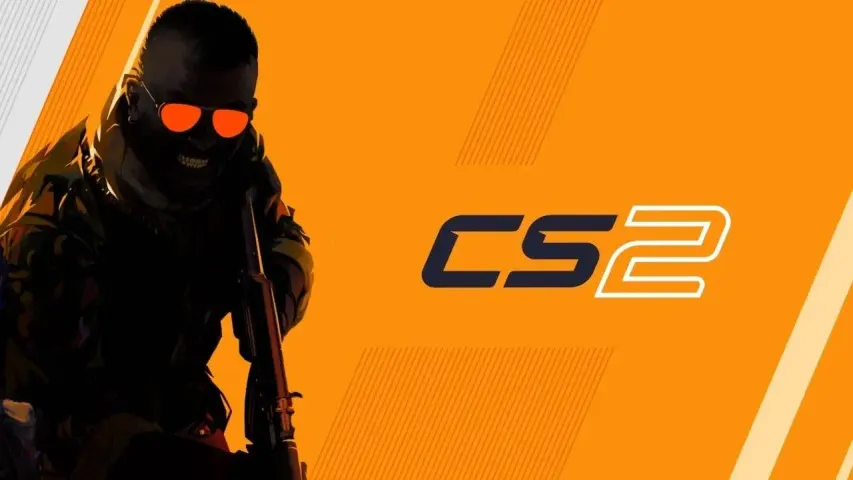Article
09:58, 20.07.2024

Counter-Strike 2, the much-anticipated successor to CS:GO, brings with it a renewed focus on the role of technology in esports. Technology has always been at the forefront of the competitive gaming scene, driving improvements in player performance, enhancing the viewer experience, and ensuring the smooth operation of large-scale tournaments. In CS2, advanced gaming equipment, cloud gaming, and innovative technologies like virtual and augmented reality are set to revolutionize the way the game is played and watched. This article explores the significant impact of technology on CS2, highlighting its role in transforming training tools, match analysis, and the overall esports ecosystem.
Advanced Gaming Equipment and Hardware
The backbone of any professional esports player’s toolkit is their gaming equipment. In CS2, the importance of high-performance hardware cannot be overstated. Professional players rely on state-of-the-art monitors with high refresh rates and low response times to ensure that they can react swiftly to in-game events. Keyboards and mice are designed for precision and durability, featuring customizable keys and sensors that cater to the specific needs of each player.

READ MORE: 15 Most Expensive CS2 Cases
Specialized gaming chairs and ergonomic setups play a crucial role in maintaining player comfort and preventing injuries during long training sessions and tournaments. The integration of biometric monitors and sensors allows players and coaches to track physical performance and emotional state in real time. This technology helps in preventing overwork and stress, which are critical factors in maintaining peak performance in esports.
Moreover, a secure and stable network infrastructure is fundamental to the success of CS2 tournaments. High-speed internet connections and powerful servers ensure low latency (ping) and minimal data packet loss during matches. The development of specialized esports servers and networks has become increasingly common, providing a stable and reliable environment for competitive play.
Cloud Gaming and Accessibility
Cloud gaming has emerged as a game-changer in making esports more accessible to a broader audience. Platforms like Twitch, YouTube Gaming, and Facebook Gaming have revolutionized the way people watch esports, offering real-time streaming of matches and content. This has allowed professional players, streamers, and esports organizations to connect directly with their audience, engage with fans, and even monetize their content through subscriptions and donations.
Cloud computing also plays a pivotal role in modern esports. It provides the stability and scalability needed for large tournaments and competitions. Cloud technology allows players and teams to adapt quickly to changing conditions and demands, ensuring a seamless gaming experience.
One of the most significant advantages of cloud gaming is its ability to democratize access to esports. Players no longer need powerful PCs or modern consoles to participate in competitive gaming. With a high-speed internet connection, they can play online matches using smartphones, tablets, and relatively weak computers. This accessibility is made possible by cloud gaming services, which stream the game from powerful servers directly to the user's device, significantly reducing hardware requirements.
By leveraging cloud gaming, CS2 can reach a wider audience and encourage more people to participate in the competitive scene. This increased accessibility not only broadens the player base but also enhances the overall growth and sustainability of the esports industry.

Artificial Intelligence (AI) and Data Analytics
Artificial Intelligence (AI) and data analytics have become indispensable tools in the competitive esports landscape, and their impact on CS2 is profound. AI-driven tools and advanced data analytics help teams and players to gain a competitive edge by providing deeper insights into gameplay, performance metrics, and strategic decisions.
AI in Gameplay Analysis
AI can analyze vast amounts of in-game data to identify patterns and trends that are not immediately obvious to human analysts. For example, AI algorithms can evaluate player positioning, weapon usage, and movement patterns to determine the most effective strategies. This helps teams to optimize their tactics and make data-driven decisions during matches.
Real-Time Performance Metrics
Real-time data analytics enable coaches and players to monitor performance metrics such as reaction times, accuracy, and decision-making speed. By analyzing these metrics, teams can identify areas for improvement and tailor their training programs to address specific weaknesses. This level of detailed analysis is crucial for maintaining a competitive edge in high-stakes tournaments.


Opponent Analysis
AI tools can also be used to analyze opponents' gameplay. By studying the strategies and tendencies of rival teams, coaches can devise counter-strategies and prepare their players to face specific challenges. This predictive analysis is a game-changer, allowing teams to anticipate their opponents' moves and adjust their tactics accordingly.
The Role of Analysts in CS2
The role of analysts in CS2 is pivotal in bridging the gap between raw data and actionable insights. Analysts work closely with coaches and players to translate complex data into strategic decisions that can be implemented in real-time.
Data Interpretation
Analysts are responsible for interpreting the vast amounts of data generated during matches. They identify key performance indicators (KPIs) and provide detailed reports on player performance, team dynamics, and opponent strategies. These insights are crucial for developing effective game plans and making informed decisions during matches.

Strategic Planning
Beyond data interpretation, analysts play a key role in strategic planning. They collaborate with coaches to develop playbooks, design practice routines, and create situational strategies. This collaborative effort ensures that teams are well-prepared and can adapt to various in-game scenarios.
Enhancing Training Programs
Analysts contribute to the continuous improvement of players by providing feedback based on data-driven insights. They help to identify areas where players can improve and suggest specific drills and exercises to enhance performance. This ongoing support is essential for maintaining a high level of competitiveness.
READ MORE: How to Check Your Statistics in CS2
Conclusion
The integration of advanced technology in CS2 has significantly transformed the competitive landscape, providing teams with the tools they need to excel. From AI-driven data analytics to cutting-edge gaming equipment, these innovations enhance player performance and elevate the viewing experience. As technology continues to advance, the future of CS2 looks bright, promising even more exciting developments that will shape the esports industry for years to come. Embracing these technologies will be crucial for teams and players aiming to stay competitive in this ever-evolving field.







Comments